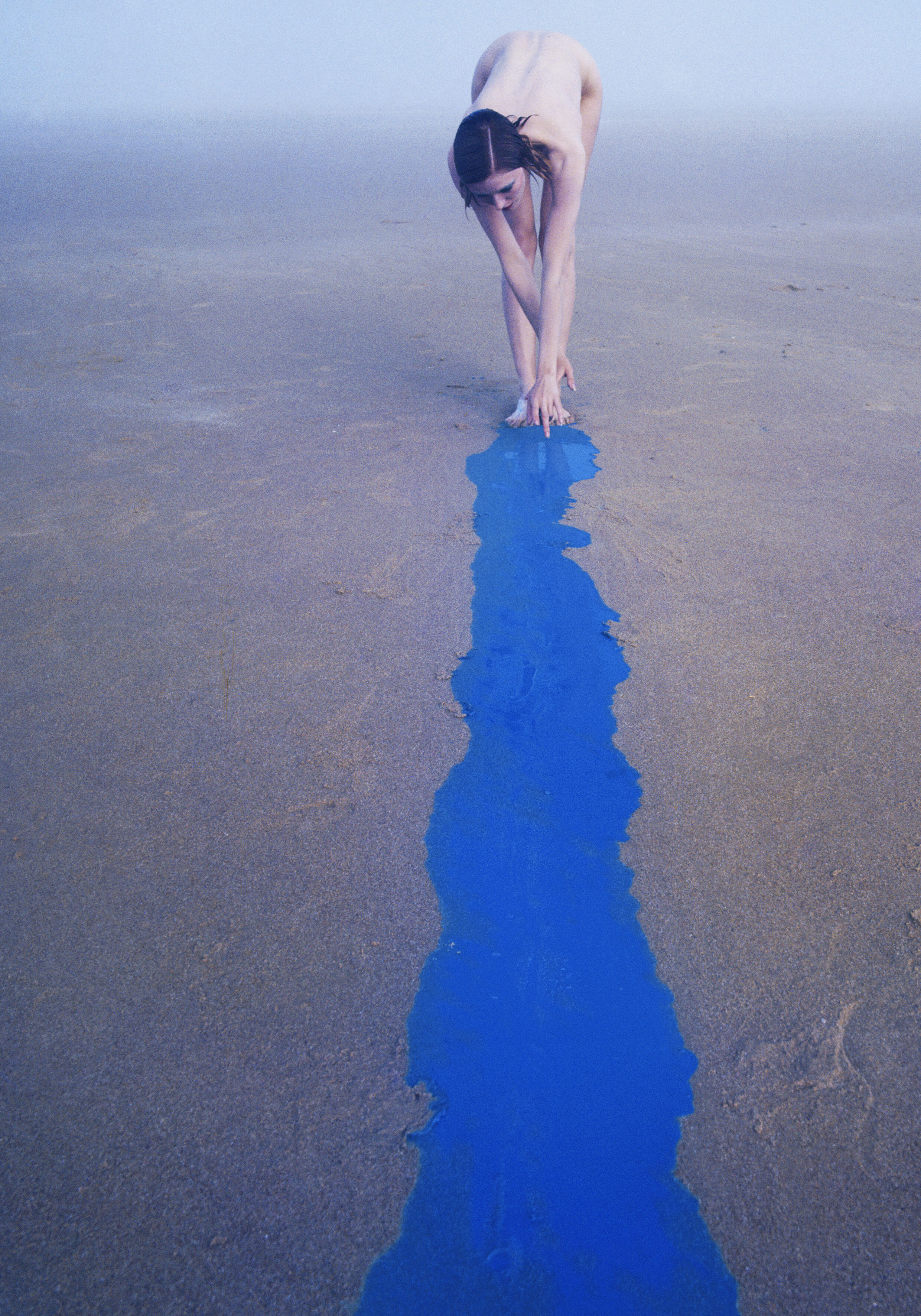Yellow, black, red
Blue, green and pink. The saturated colors of the shots by Guy Bourdin, among the greatest masters of photography of the last century, are featured in an exhibition in the minimalist spaces of the Armani Silos in Milan until Aug. 31. The event, on the 70th anniversary of Bourdin's first photography exhibition in Paris under the pseudonym Edwin Hallan, was personally advocated and organized by Armani, who shared the spirit of freedom and boldness with the French artist, who was born in Paris in 1928 and died in 1991.
“Bourdin,” says Giorgio Armani, “did not follow the crowd and he did not compromise and I identify with that. I don’t believe that there is any other way to make a mark on the collective imagination.” Painting and drawing were his first love, although it was later photography that gave Bourdin the fame that made him the darling of the fashion world. Vogue Paris was the publication that most often featured his work, although success would come in the 1960s thanks to a fruitful collaboration (lasting 15 years) with the shoe designer, Charles Jourdan, who also became its main benefactor. And no one could forget the advertising campaigns created by this talent for international brands such as Versace and Chanel, to name a few.
His images–one hundred color shots with a selection in black and white–now travel across the walls of the Silos in an almost cinematic alternation or sequence–an art dear to the photographer just as it is to Mr. Armani–telling the story of the almost provocative aesthetic of an artist who–along with names such as Horvat, Avedon, and Newton–represented the twentieth century and one of its key forms of expression, fashion, in a new way.
"Bourdin - says Giorgio Armani - did not go with the flow and did not compromise: a trait in which I recognize myself, I believe there is no other way to leave a mark on the collective imagination."
His photographs are not always easy to interpret. The subjects are bodies or sections of them, hands intertwined, legs that disappear or merge with mysterious objects. Often the bodies are not real but mannequins, and the end result of the photograph evokes in the viewer a dimension other than simple didactic representation, almost alienating. One distinctive feature of the exhibition is the use of saturated colors that, in Bourdin's mysterious scenes, create suspended, metaphysical atmospheres, but with a strong emotional impact that–it’s easy to believe–would have appealed to Alfred Hitchcock.

The exhibition begins with the video Guy Bourdin: Fragments, projected at the entrance. This is a montage by Ezra Petronio made in 2020 with footage of Bourdin's private and working moments, in which the photographer is sometimes behind and sometimes in front of the camera. It is then developed into 9 rooms–with no clear division of themes–with a total of one hundred photographs covering a time span from 1965 to 1986. In some sections, certain colors are predominant (such as red, green, or pink); in others, there emerge the photographer's various sources of inspiration, such as surrealism, crime scenes, and cinema, especially noir. The exhibition closes with the last room displaying exclusively black and white photographs created for Vogue Paris and British Vogue.
Read
13 giugno 2024
13 giugno 2024